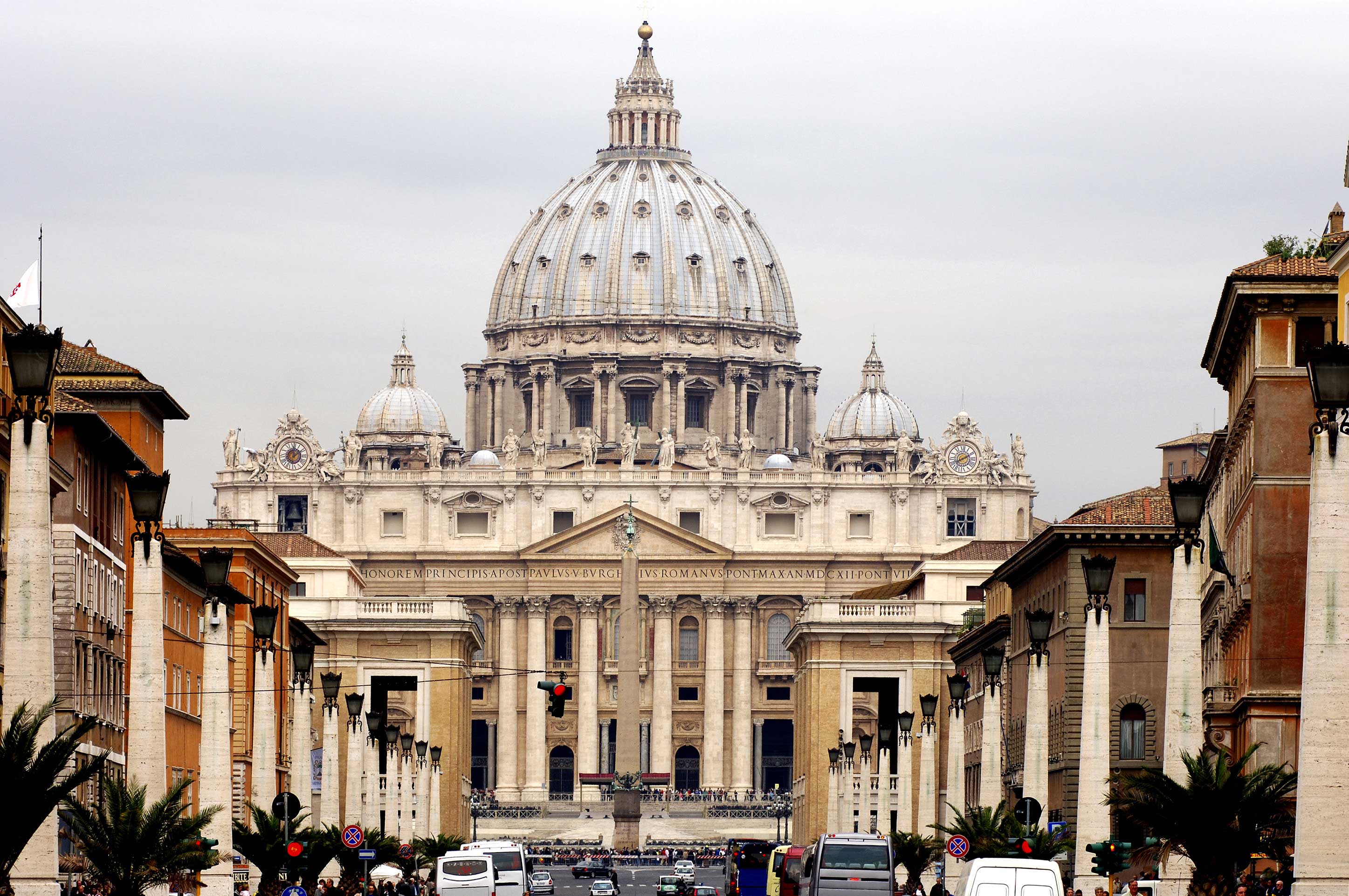Here we are again, back to the continual loop known as the Catholic abuse scandal. With the New York Times and Associated Press (as well as foreign press outlets) churning out new accusations about the Vatican’s role in covering up abuse, the issue of “pedophilia” and “homosexuality” are back in the news.
 I put the terms in quotations because they are terms that are so often misused and misunderstood in the reporting of the story. But they are terms that we need to deal with, even if they aren’t the right terms or appropriate: they are part of the lexicon of the scandal.
I put the terms in quotations because they are terms that are so often misused and misunderstood in the reporting of the story. But they are terms that we need to deal with, even if they aren’t the right terms or appropriate: they are part of the lexicon of the scandal.
For context, let’s look at a Reuters story and blog about a statement by a Vatican official linking “pedophilia” to “homosexuality.” Reuters asks, quite provocatively:
What do you think of this? Is homosexuality to blame for pedophilia? Or did the Catholic Church ordain too many men who were sexually immature and fatally attracted to children at their emotional level?
The question assumes that homosexuality and pedophilia are somehow linked question examines the Vatican official’s assumption and raises an issue that has challenged journalists since the beginning of the scandal. In 1995, NLGJA issued an open letter responding to the reporting. We concluded by saying:
When news organizations cover instances of sexual abuse by heterosexual adults against children of the opposite sex, they are not cast as stories about sexual orientation. They are accurately reported as crimes against children. News coverage about the sex abuse scandal in the Catholic Church has done more to link gay men with pedophilia than any other story in decades. Without balance, expert inquiry and opposing views, such charges can create long-lasting and inaccurate ideas that can damage the lives of LGBT people. As journalists we owe it to our readers and viewers to uphold a basic practice of our profession: Get all sides of the story and provide our audiences with all the facts.
Ultimately, this comes down to the question of whether this is a “pedophile” scandal or an abuse scandal involving children. Are the priests men who are sexually attracted to children, or are they men who use violence and abuse against children. Is the act done out of sexual desire or out of power and rage?
Writer Julian Sanchez does a nice job of fisking a disjointed attack on the New York Times by the American Spectator‘s Daniel Oliver where Oliver laments the fact that the NYT never connects “homosexuality” to “pedophilia.”As Sanchez points out, Oliver–and other writers and activists–goes awry by not understanding pedophilia (and hebephilia or ephebophilia) and homosexuality generally.
The connection between homosexuality and the abuse scandal is not one that can be easily brushed aside. The abusers were male and most of the abused were male. While many of the abused were children, many were older. While most of the abusers do not identify as gay, some high-profile abusers would later identify as gay and even end up in gay relationships after leaving the priesthood. There’s also little disagreement that there is a disproportionately high number of gay men in the priesthood when compared to the general population.
So did gays cause the scandal? If you listen to Bill Donohue–who is given prime coverage by the media–you’d think so. But researchers examining the evidence at John Jay College–who have conducted the most comprehensive review of the scandal that is considered the “gold standard”–reject that argument.
“What we are suggesting is that the idea of sexual identity be separated from the problem of sexual abuse,” said Margaret Smith, a researcher from the John Jay College of Criminal Justice in New York, which is conducting an independent study of sexual abuse in the priesthood from 1950 up to 2002. “At this point, we do not find a connection between homosexual identity and an increased likelihood of sexual abuse.”
A second researcher, Karen Terry, also cautioned the bishops against making a correlation between homosexuality in the priesthood and the high incidence of abuse by priests against boys rather than girls — a ratio found to be about 80-20.
“It’s important to separate the sexual identity and the behavior,” Terry said. “Someone can commit sexual acts that might be of a homosexual nature but not have a homosexual identity.” Terry said factors such as greater access to boys is one reason for the skewed ratio. Smith also raised the analogy of prison populations where homosexual behavior is common even though the prisoners are not necessarily homosexuals, or cultures where men are rigidly segregated from women until adulthood, and homosexual activity is accepted and then ceases after marriage.
As the John Jay researchers point out, there is a difference between homosexuality identity and situational homosexuality. There is also a difference between sexuality and sexually-based violence. Prison rape usually occurs between two heterosexual men. Heterosexual men are almost always the perpetrators. Sexually-laden hazing in fraternities, the military, and sports team may be sexual and between men, but it usually does not involve men who identify as “homosexual.”
This is a complicated story with complicated terms and difficult-to-understand concepts related to sexuality, psychology, and criminal pathology. Journalists need to report the story fairly and objectively, without falling into traps or “too easy” conclusions.












